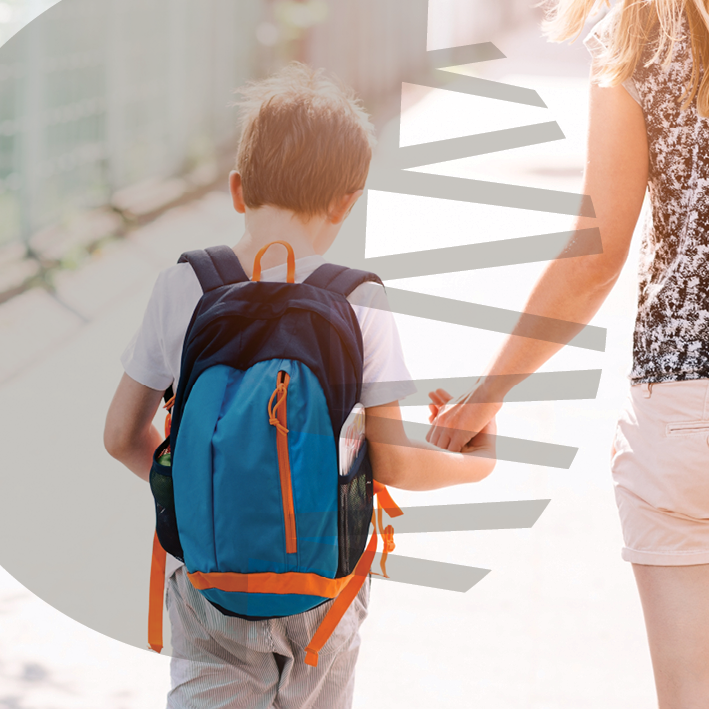Transferring from school to break and back again is hard for every child. The changes in schedule and routine are a lot to handle. This goes doubly so for children with autism.
Children with autism have more difficulty than neurotypical children when it comes to understanding and accepting changes to routines. With Thanksgiving and Winter break coming up, we decided to take a look at some great ways to make school schedules easier for children with autism to understand.
Developing Priorities
Developing priorities can help make life easier for autistic children in school programs. While priorities can start with little things, they can gradually start focusing on times, dates, and other longer-term things.
Determining values can help steer us toward more fulfilling outcomes, even on a day-to-day basis. If your child is working toward learning to tie their shoes independently, for instance, repetition will help them achieve this more quickly. The downside to a lot of repetition is that you aren’t able to get other values-related tasks done. Putting the things you value most at the front of your list can help tackle important issues first.
Prioritizing times, events, and other things on a schedule can help children with autism understand that a larger-than-normal change is coming. The best way to start developing priorities for your child is by talking to their primary care providers. The insight they will be able to give can help you know what kind of priorities your child will be able to set and maintain.
Making an upcoming change easy to follow and understand can help ease the transition.
Autism School Supply Checklist
Making sure your child has the right supplies for school and any events can make schedules seem easier. How? Because your child will have tools and personal items they know will be used at specific times throughout each school day.
Every program has different requirements for school supplies. Before looking at our general list, you’ll definitely want to look over any list of supplies or materials provided by your child’s school.
The following are general items with brief guidelines to highlight some of the most important things to make sure your child has at school.
- Lunch box. Having a reusable lunch box with compartments may help your child get into a regular lunch routine. Buying several of the same lunch boxes can help if you don’t have time to wash one every day. Compartments in lunchboxes can help your child understand where their regular lunch foods will be every day.
- Comfort Items. Make sure your child has their favorite comfort item to bring to school each day. Things like stuffed animals or a favorite blanket may help your child settle into a comfortable routine at school each day.
- Correct School Supplies. After looking at a supply list provided by your child’s school, go shopping with your child and allow them to pick versions of the supplies they are comfortable with. Remember to buy extras of expendable supplies so they will have the same item they are comfortable with after the first one is done.
- Organized Backpack. A backpack with extra pouches or internal dividers is a great way to set up your child’s bag for easy use that can help them get into a regular school routine. Putting things in the same place can help them remember where their things are throughout the school day.
- Emergency Sheet. Be sure to include any information a teacher, aide, or therapist may need in your child’s bag. This sheet should include any and all information regarding sensory issues, specific behavioral issues, preferences, and anything else they may need to know if your child is having a difficult time.
Parent-Teacher Communication
The best way to ease a child with autism into a new schedule or routine is to have great parent-teacher communication. A child whose parents are preparing them for a specific program will expect that specific program. Having a teacher that follows up is crucial for a smooth transition.
Talking to a teacher or administrator about the needs of your child beforehand can make the changes of a school schedule less turbulent. You should also observe your child’s behaviors before, during, and after school. Their behaviors around their school may indicate how they view the environment, especially if they have issues with communication or speech.
Families should always monitor the behaviors of their children before and after school to determine if anything needs to be looked at or changed.
ABA Therapy from IABA Consultants
If you have questions regarding autism treatment, education, or plans to use ABA therapy, we are here for you! Our goal is to make sure no family is turned away due to financial constraints. Our therapy team would love to talk to you. Find the location closest to you and give us a call. We’re here for you.


